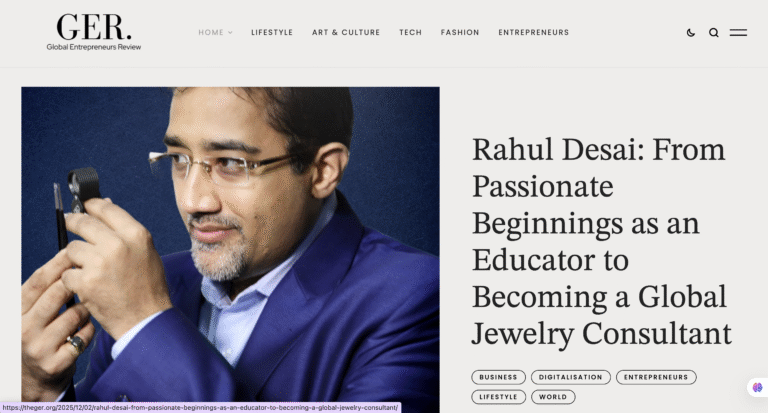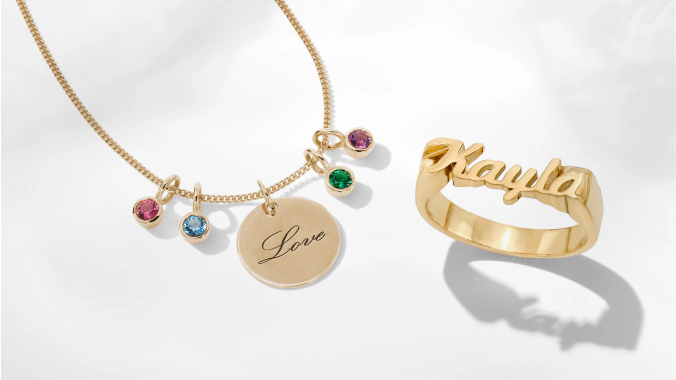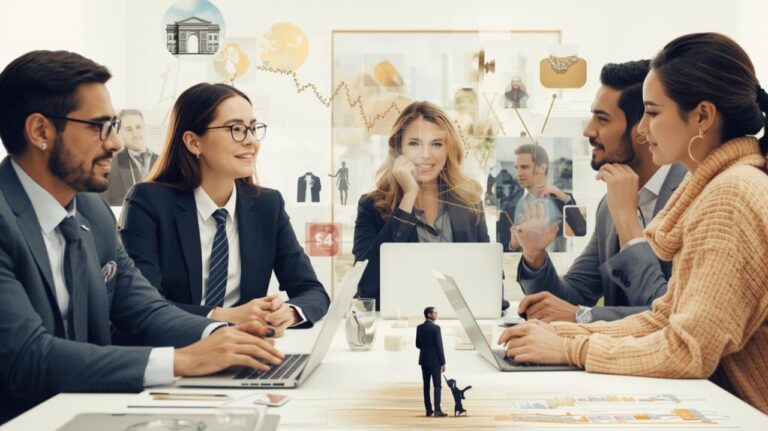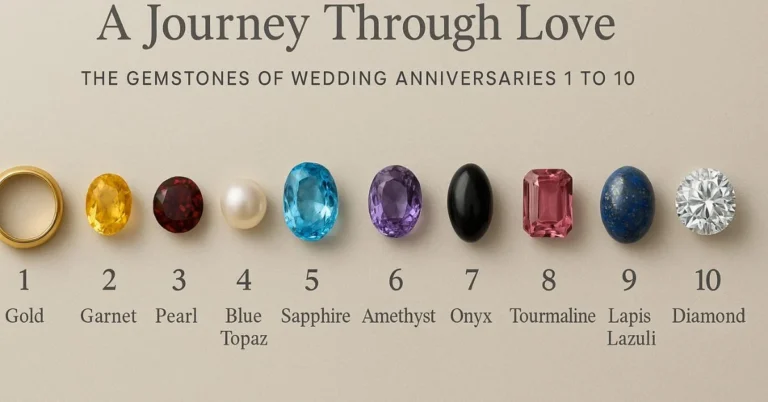No products in the cart.
The Imperial Crown of Russia or the Great Imperial Crown is one of the most outstanding examples of ‘regalia’. Regalia is referred to as the emblems or insignia of royalty that survived through history and is a precious cultural heritage treasure and a well-documented and well-dated piece of jewellery. Regalia jewellery pieces offer historians great insight into the gemstones used, their historical market values, and occurrences. It also helps gemologists and jewellers to know how the gems were named and set on the piece of jewellery.
While royal crowns were usually made for individual rulers and later broken up, some of this royal regalia could be found in museums today. Here are some interesting facts about one such royal artifact, the great Imperial Crown of Russia!

History of the Crown: The Great Imperial Crown was made for Catherine the Great’s coronation as the Russian Empress in 1762 by Georg Friedrich Eckart and Jérémie Pauzié. It is set with 4936 diamonds with a total weight of 2858 ct, 75 natural pearls, and a large 398.72 ct red spinel, historically known as “balas ruby”, which is among the largest ever reported in the literature, most probably from Badakhshan, i.e., today’s Tajikistan.
Replica of the Crown: A replica version of the Imperial Crown was made in 2012 by Kristall-Smolensk to celebrate the 400 years of the Romanov dynasty as well as the 250 years of the Imperial Crown. This piece was set with 11,352 Russian diamonds from Alrosa with a total weight of 1,180 ct, including 74 cultured pearls and a 384.71 ct pear-shaped double rose cut purple tourmaline on top of the crown.

Who Wore It: The Imperial Crown of Russia was worn firstly by the Russian empress Catherine, followed by the subsequent seven emperors of her dynasty. This royal regalia has remained a permanent fixture on the royal head. This priceless artifact has been passed on to eight members of the Romanov family: Catherine II, Peter III, Paul I, Alexander I, Nikolai I, Alexander II, Alexander III, and Nikolai II. The Romanov dynasty survived till 1917, yet the crown publically appeared for the last time in 1906 at the opening ceremony of the first State Duma.

A Literally Priceless Artifact: The crown was estimated to be worth $52 million in 1920. The stones that the royal regalia comprises were sold off by the Bolsheviks and replaced in 1985. Later in 1998, the crown was moved to the fund of Kremlin’s Diamond. Subsequently, it was declared to be priceless in a literal sense.
To know more about gemstones and jewellery, stay tuned!






Not a member yet? Register now
Are you a member? Login now